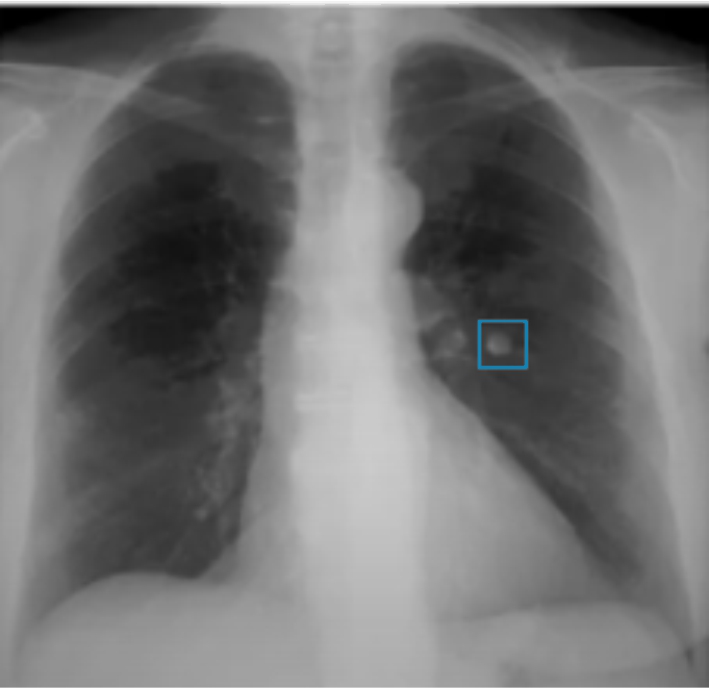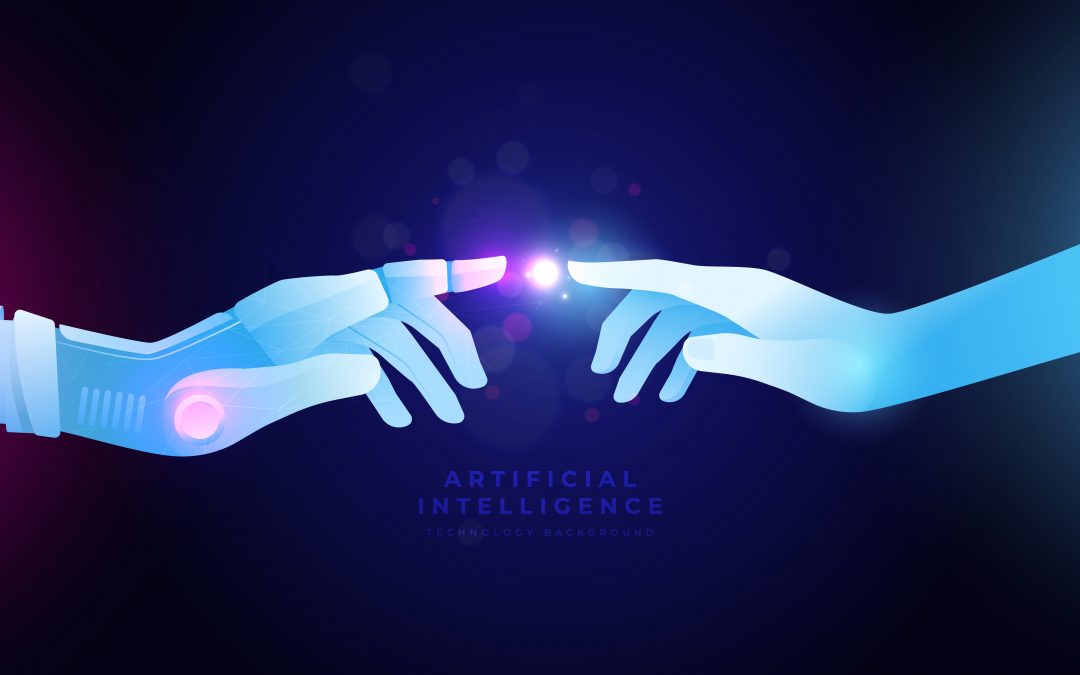INTRODUCTION
Computer vision is a branch of Artificial Intelligence / Machine Learning (AI/ML) that tries to mimic the tasks performed by human vision. For computers, it means processing digital image and video (sequence of images) to detect objects or patterns, identification of objects, and their classification etc.
Work done by a Radiologist often includes similar tasks i.e., finding a pattern of irregularity in bones or tissues. This makes Computer Vision ideal choice for helping radiologist by automating some of the tasks, thus improving productivity.
Benefits of using AI Computer Vision technology
Increase in productivity of Medical Practitioners
Screening and Triaging of images waiting in queue
Automation of clinical records
Reduce mistakes in manual checking of image
Monitoring and quantification of diseased area across timeframe
EVOLUTION OF COMPUTER VISION
With Deep Learning based computer vision models routinely scoring more than 90% accuracy, tech community quickly adapted Computer Vision in every domain that requires image or video analysis. Some of the obvious use cases are face detection, security surveillance, Self-driving car, Defense, OCR, gaming, and Healthcare.
MEDICAL IMAGING
Most common imaging techniques are
DIGITAL IMAGING STANDARDS IN MEDICAL IMAGING
TYPES OF COMPUTER VISION ALGORITHMS USED IN MEDICAL IMAGING

Figure 1: Chest X-ray showing localization of abnormality.2
Role of AI in Medical Imaging
Typical use cases of AI in medical imaging includes
Typical application of Computer vision in Imaging
Critical Success Factor
1. Benjamens S, Dhunnoo P, Meskó B. The state of artificial intelligence-based FDA-approved medical devices and algorithms: an online database. NPJ Digit Med.2020 Sep 11;3:118. doi: 10.1038/s41746-020-00324-0. PMID: 32984550; PMCID: PMC7486909.
2. Udacity: AI for Healthcare


